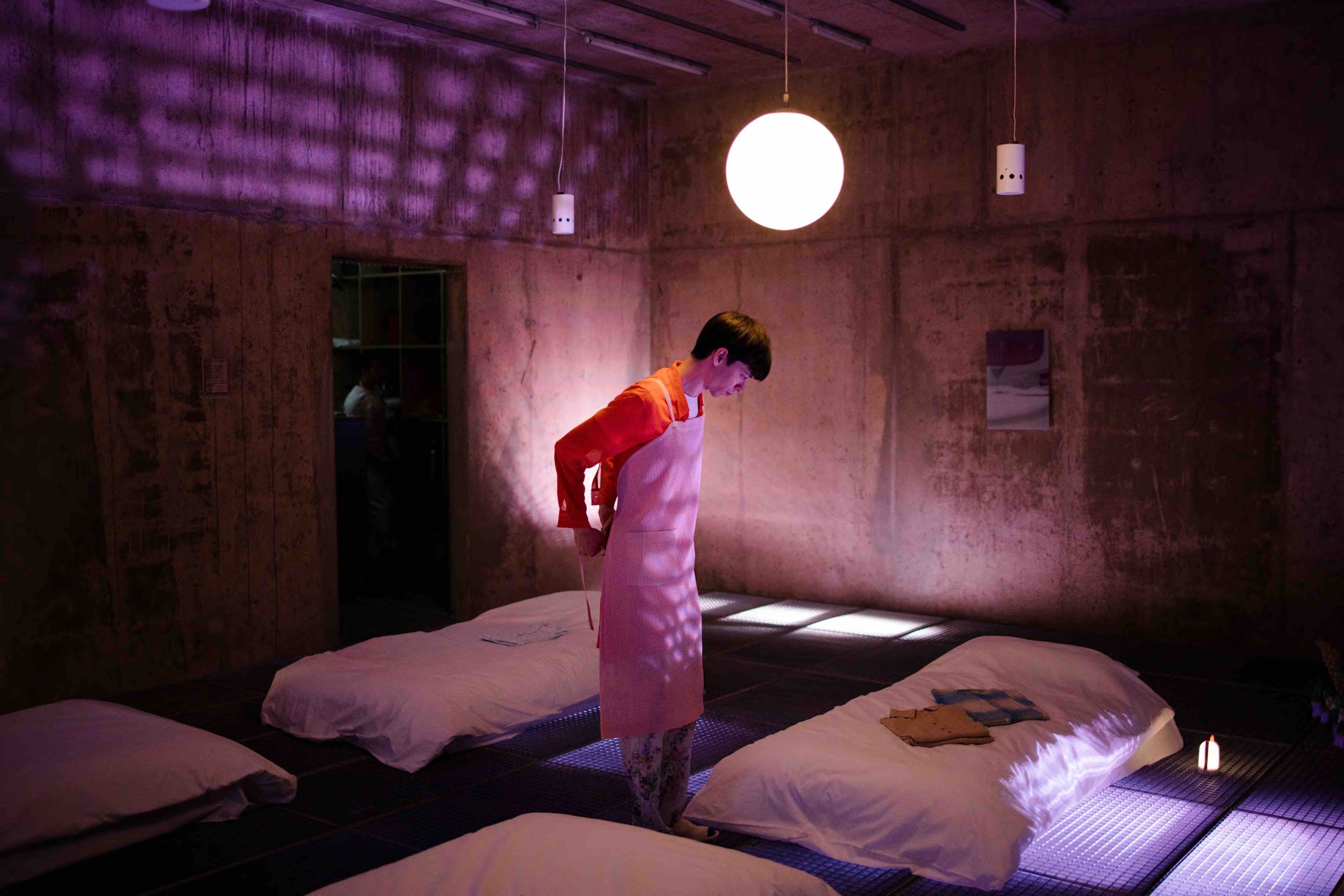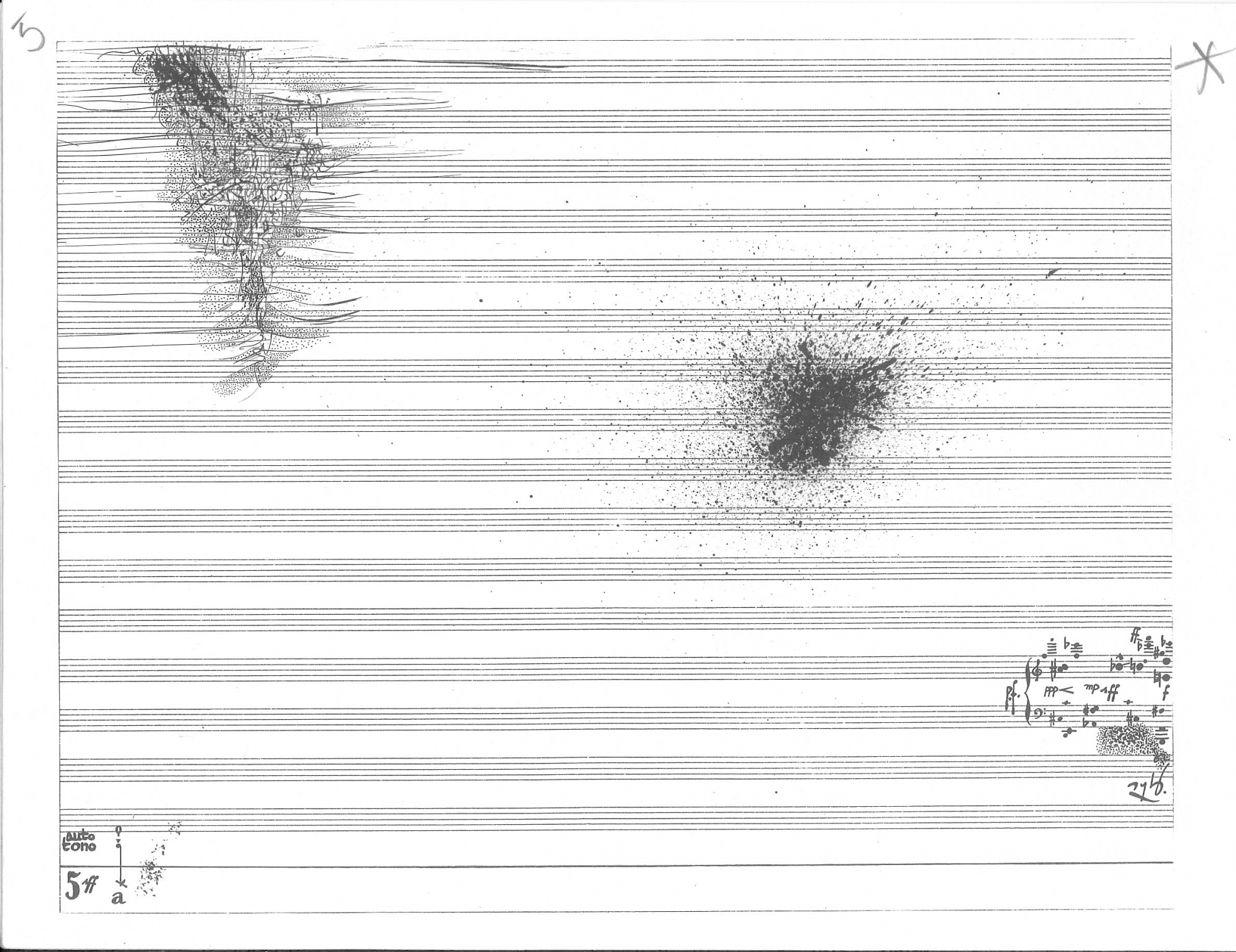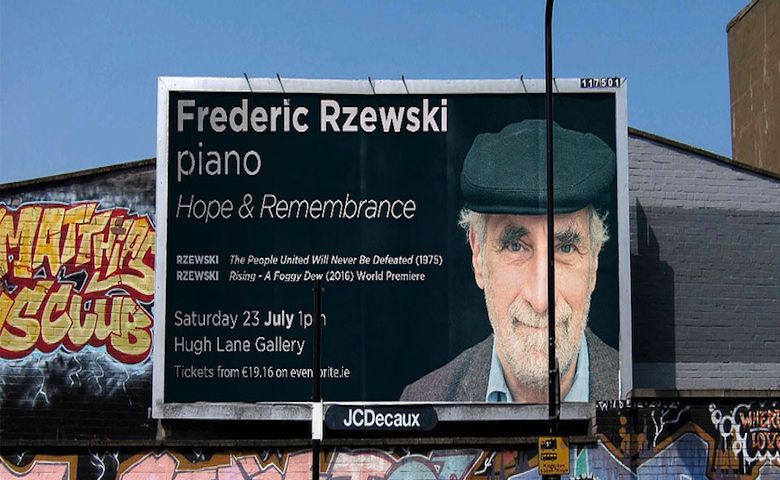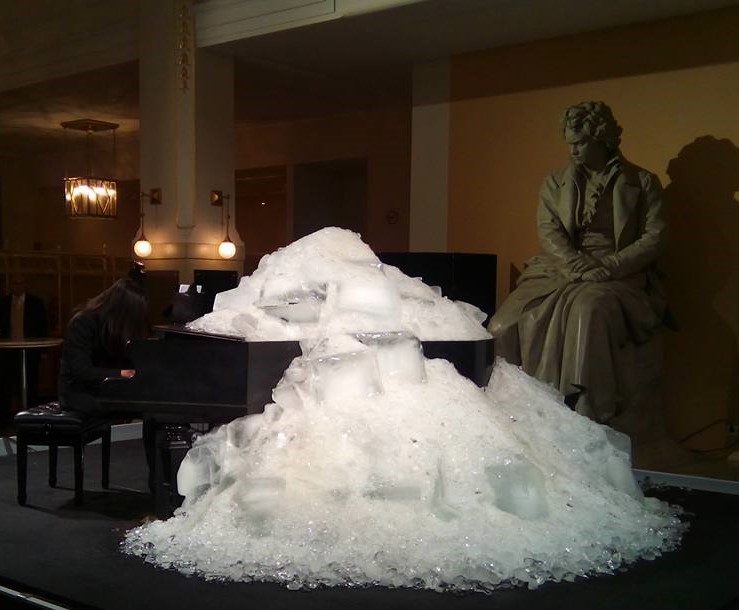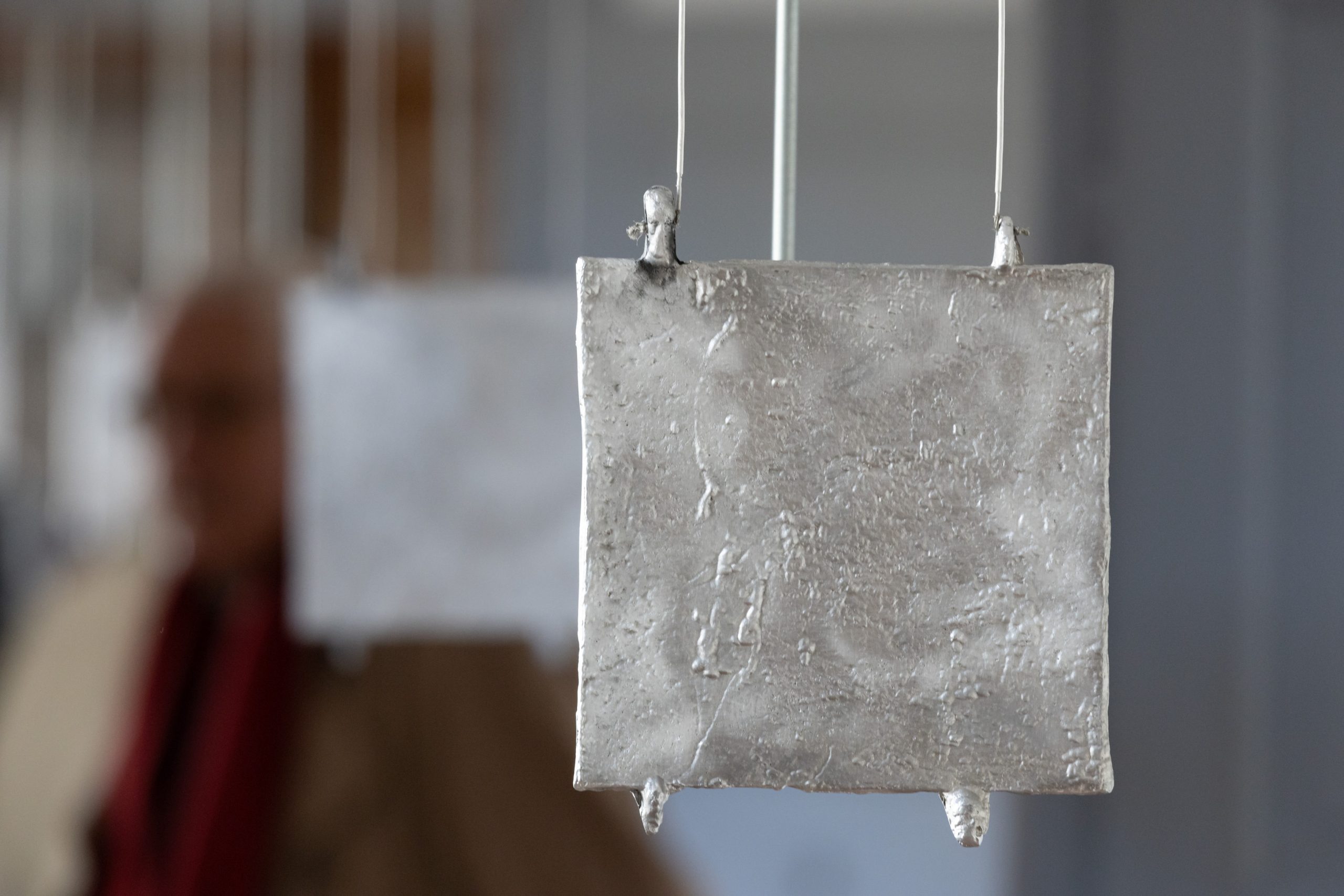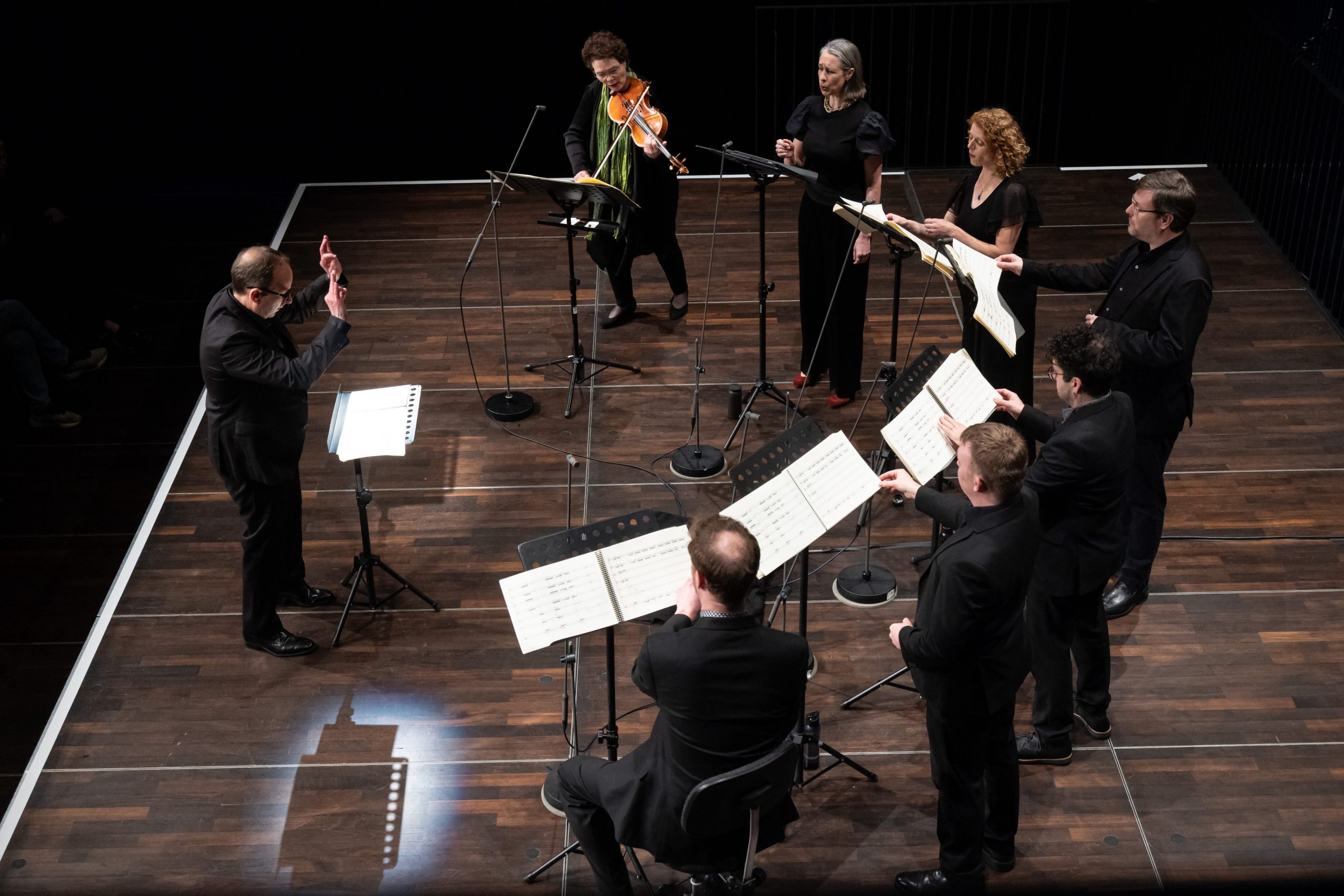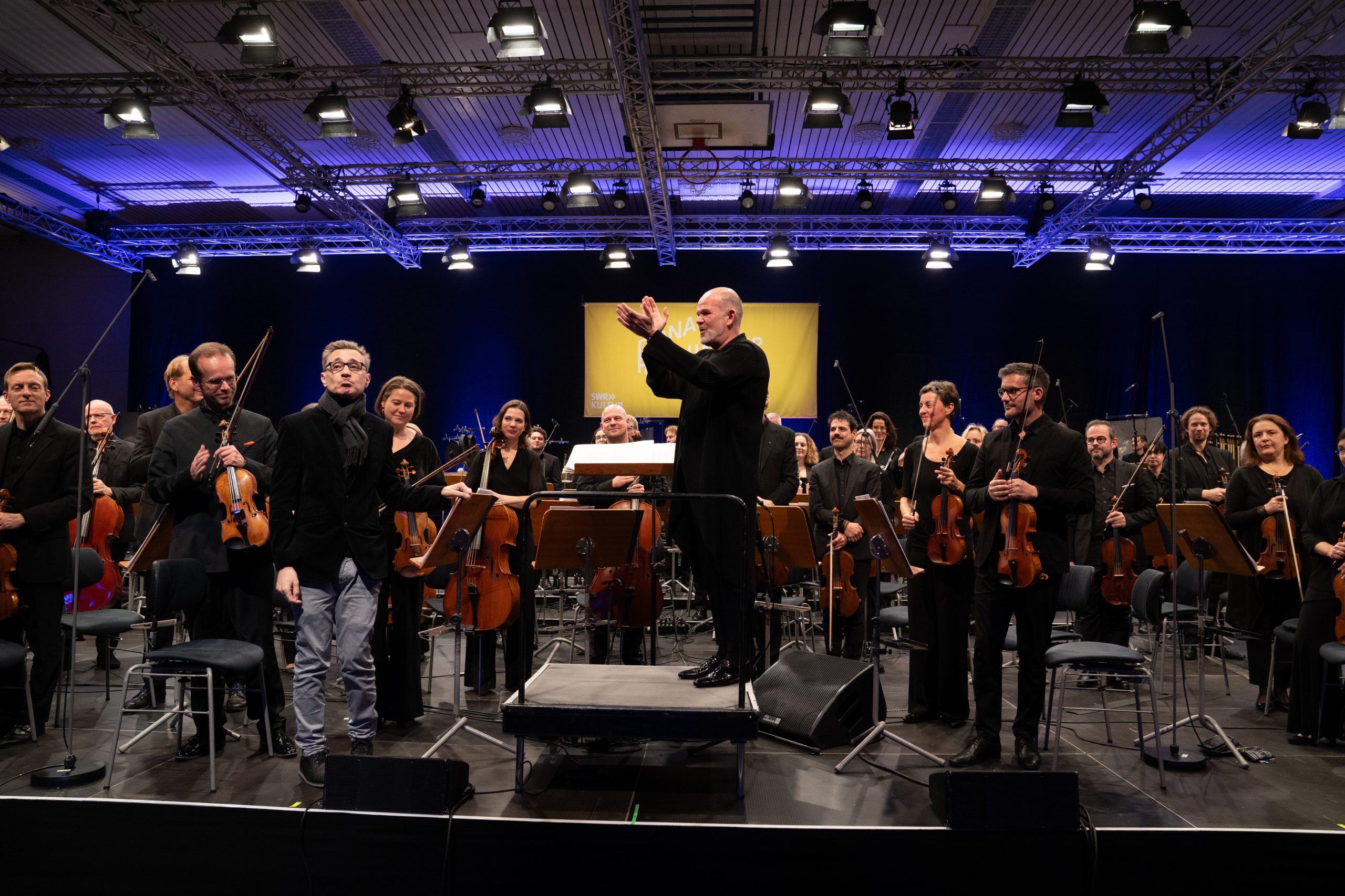Visite Critique Donaueschingen: Tristan Perich
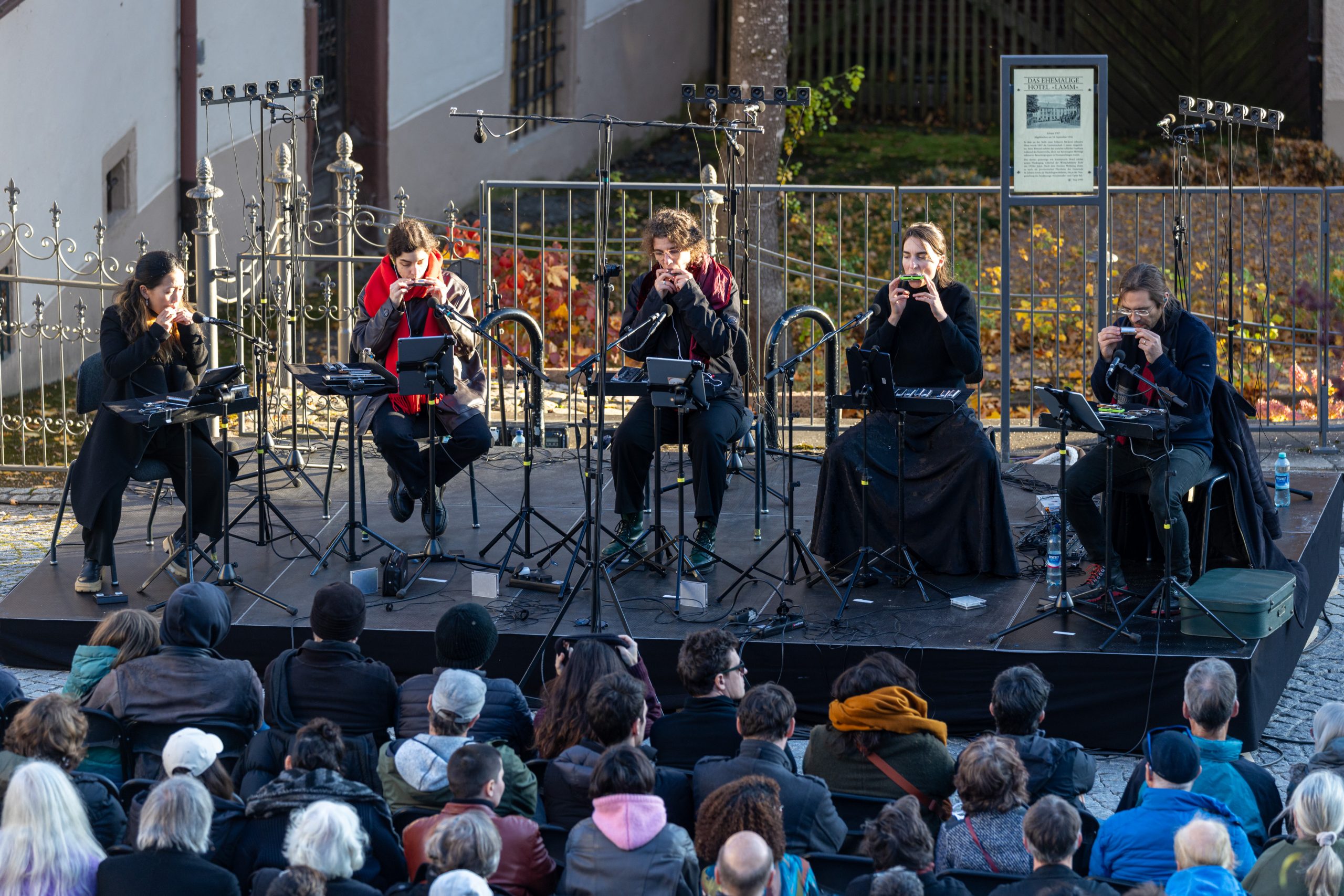
The following text was written in the context of the visite critique during the Next Generation workshop at the Donaueschinger Musiktage 2025.
On Reflections of a Bright Object by Tristan Perich
A text by Jakob Schwall
On Saturday, October 18, 2025, the piece Reflections of a Bright Object by New York based composer Tristan Perich was presented in Donaueschingen. It was written for and performed by five harmonica players and 18-channel 1-Bit electronics, open-air, in the middle of a blocked-off street. The electronics were generated live by small computers built by the composer and made audible through three sets of six small speakers which were placed behind the harmonica players. In six movements the piece approaches minimalism and poses questions regarding analog and digital sound, pulse and flow state, and more.
To try to understand this piece, we first have to understand the characteristics of 1-bit electronics. Although the electronics used by Tristan Perich seem reminiscent of 8-bit soundtracks of early videogames from the 1980s and 90s at first, there is a “bit” more (or rather: less) to them. In contrast to 8-bit or 16-bit (CD-)quality, a 1-bit bitrate brings volume gradation down to only two possible states per sample: sound and no sound, on or off. An electrical on-signal is sent to a speaker and then turned off again at a high rate, creating an oscillation. As a result, the only waveform that can be generated by 1-bit electronics is a square/pulse wave.
1-bit sound generation could therefore be described as the most simplistic or minimalistic form of digital sound generation possible. On the other side, we have the harmonica. An instrument based solely on airflow to create sound, presenting the most crude and primal form of analog sound generation. But the similarities don’t end there. The design of the harmonica also relates to the beforementioned simplicity, as it can only produce chromatic scales, while microtonal sounds can only be achieved through pitch bends. These pitch bends can’t be held for a longer time and are therefore very limited in utility. This forces a decision between tone a or b, similar to the on-or-off-state of 1-bit electronics.
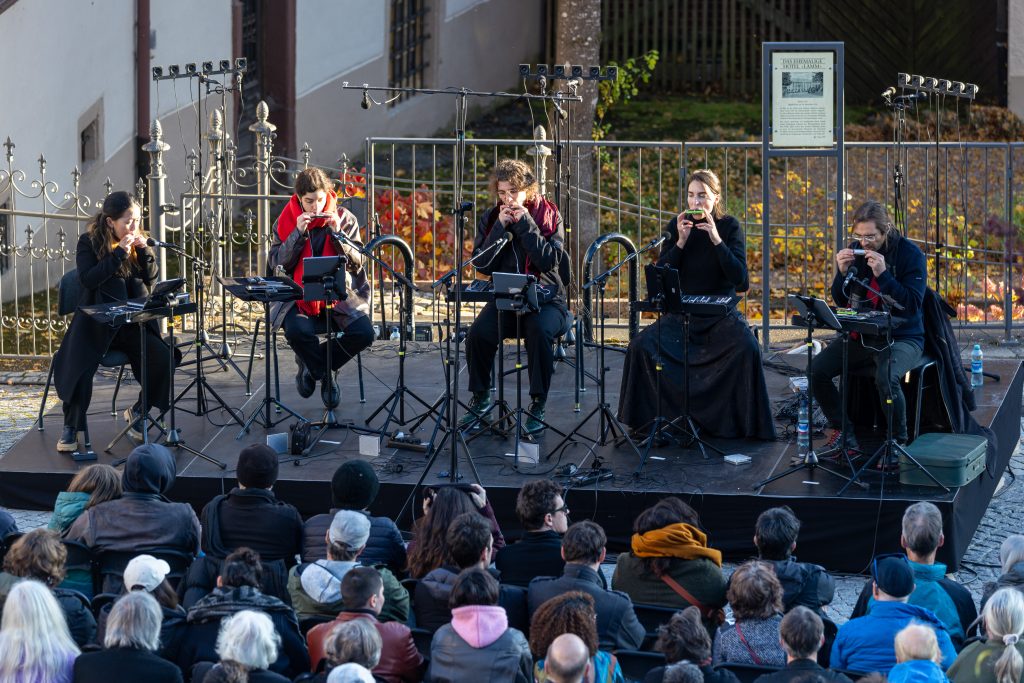
As the piece starts, the electronics enter with an ostinato movement, which resurfaces multiple times over the course of the piece. Meanwhile, the harmonicas enter with rather long legato notes and chords. This contrast of legato and staccato or pulsation and flow runs throughout the piece, with the instruments that fulfill this respective role alternating throughout. As a result, the instruments are split into clear accompanying and leading roles. The accompanying elements being either long held legato chords from the harmonica or ostinato as well as arpeggio movements from the electronics, while the leading elements are legato melodies from both. However, there are several sections in the piece, in which this structure is finally broken up. In the fourth movement, the 1-bit electronics play arpeggios that sound like a ringtone at first, but are then looped and alternated in speed, creating a cluster-like soundscape when sped up fast enough. In turn this leads to rhythmical shifts and syncopation between the electronics and the harmonicas. Another, even more crucial point takes place around the fifth movement: All five harmonica players change to a bass harmonica, immediately contrasting the bright sounds that shaped the piece before. While all harmonicas now play low legato notes, the electronics re-enter. They also play – or rather try to play – very low notes. So low in fact, that the attempt of creating a legato note turns into a pulse, as the oscillation moves around 20–30Hz and therefore fluctuates between an audible pitch and a pulsating rhythm.
The piece’s ending after the sixth movement is rather non-climactic, with the harmonicas and electronics fading out until reduced to one harmonica, playing a last, single note.
Tristan Perich fuses the sounds produced by crude analog and digital sound generation methods, creating a unique kind of minimalism, not expressed through minimalistic harmonic and rhythmic deviation, as one can see in Steve Reich’s work for example, but rather through the way that sound is generated. But what is all this supposed to lead to? Do analog and digital sound become one when reduced to their most crude and simple origin? Do analog and digital sound compete, with the digital bass sound breaking apart in the process? Do pulse and flow states contrast each other or are they two sides of one coin?
All in all, the piece presents several interesting concepts, like the live generation of sound by computers and the 1-bit format in itself, and, as mentioned, asks intriguing questions. Unfortunately though, it doesn’t draw any form of consequence or conclusion. It provokes the craving for a harsh break with the original material: a clear sign that one sound generation method is superior or something signifying that analog and digital should exist as a homogenous whole. Instead, the piece just fades out and could’ve easily ended a movement earlier or later, without having any significant impact on its perception.







